Description
The history of Cyprus is ancient and boasts roots dating back thousands of years.
During the Hellenistic period, following the archaic and classical eras, the Phoenician conquerors abandoned Cyprus, and the inhabitants turned to the Macedonian Ptolemies of Egypt. Thus, from the 3rd century BC, the island underwent complete Hellenization, a period during which the arts flourished along with the Greek religion dedicated to the twelve Olympian gods, with temples throughout the island and magnificent tombs where the local lords and aristocrats were buried.
These tombs date back to the Hellenistic and early Roman periods and are carved into rocks, many of which resemble regular houses, with burial chambers opening into atriums with colonnades. They are similar to tombs found in Alexandria, demonstrating the close relations between the two cities during the Hellenistic years.
These tombs were named Greek Caves due to the Hellenistic period, as well as royal tombs due to their size and grandeur. They were tombs where members of the aristocracy of Paphos were buried, but not kings.
On the western side of the city of Paphos, near the sea, there is a large complex of these tombs, the famous “Tombs of the Kings,” which got their name due to the great magnificence with which they were constructed. They are hewn into solid rock and date back to the 4th century BC. Similar tombs are scattered throughout many areas of the Paphos district.
In Chloraka, in the area called “Rodafinia,” on the side of the “Chloraka” avenue toward the village, there is a similar tomb, the Greek Cave, which is excavated into the ground. It does not have the grandeur and beauty of the tombs of Lower Paphos, but it is quite large and of invaluable worth, featuring an atrium and entrances to burial chambers carved into hard, solid stone. Ancient objects of great value were discovered in it, including a Roman marble sarcophagus with a lid that today decorates the courtyard of the Paphos Museum.
In Chloraka, also a few meters from the central square, there is another Greek Cave within the ground, with its entrance sealed by dirt. It is a natural cave in which burial chambers were dug into the walls, where probably nameless lords were buried. Inside one of these, a sarcophagus with a lid depicting a beautifully crafted relief of a woman of great beauty was discovered by an old resident, who unfortunately sold it to antiquities traffickers. It is believed to be in a private museum in New York. Additionally, another cave yielded a golden warrior’s belt, which was also unfortunately sold to antiquities traffickers for five pounds around the interwar period, while a third cave contained shiny ornaments, the whereabouts of which are also unknown. These are testimonies from residents of the community who lived during that time, and they revealed this to me during my research.
It is certain that the area of Chloraka in ancient times belonged to the kingdom of Paphos, but the only remnants that remain today to remind us of this are the two Greek Caves located on private properties.
Location
-
QCQ2+WP9, Chloraka 8220, Cyprus





